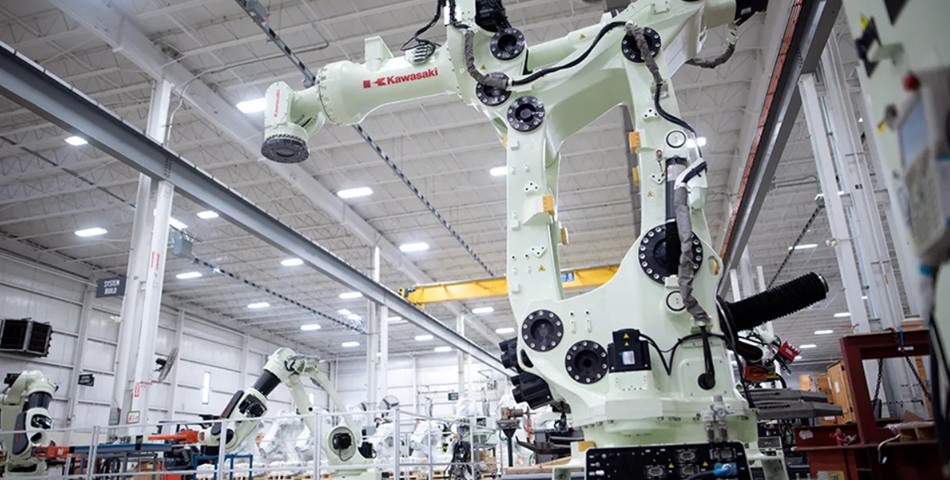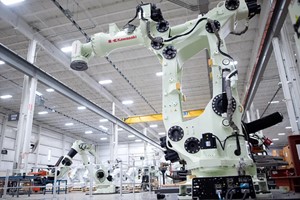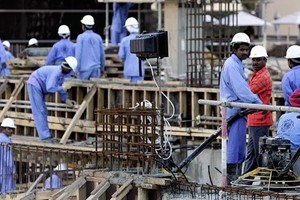What is Robotics in the Construction industry?
Construction was one of the least digital and mechanized sectors until recently. Many projects could be finished more quickly with the help of construction robotics, owing to the very repetitive nature of the tasks.
Trending 7 ways Robotics which will transform the construction industry
Automated Technology
One of the applications of robotics engineering is to increase the automation of numerous processes. Automation is becoming the objective in many parts of construction, particularly manufacturing, packing, and construction. Construction organizations are becoming more open to embracing technology like robotics and machinery advances.
Traditional construction processes such as welding, material handling, packing, dispensing, cutting, and packing may be entirely automated with robotic technology. This will allow for greater precision and accuracy throughout all construction operations, but it will also save time and money.
Altered Workforce
According to the World Economic Forum, these technologies will be gradually integrated, replacing individual functions rather than entire jobs. On the other hand, machines can take over certain portions of a job, allowing organizations to employ fewer people who are responsible for a variety of tasks.
As automated procedures become more prevalent, construction workers’ fundamental skill sets will appear significantly different in a few years.
Even though it appears that the robotic revolution will severely impact the construction industry, the World Economic Forum estimates that over 400,000 employments in architecture and engineering will be required.
Lean Construction Practices
Lean construction is one of the most significant and influential movements in the building industry. This modern concept emphasizes waste minimization to increase efficiency and output.
Traditional construction methods generate an excessive quantity of waste, which is harmful to the environment and harms profitability. Because of its capacity to ensure accuracy and precision, robotic technology, on the other hand, can assist reduce the amount of waste produced
Higher Quality
Manufacturing parts and materials will be considerably more consistent and higher quality now that most robotic systems are fully automated. These devices can take advantage of speed, efficiency, and repeatability to ensure the improved overall quality by eliminating human mistakes and inconsistency.
3D Printing
In the construction business, 3D printing is becoming more widely used. Complex, layered parts, and things can now be printed for use in the construction of homes, buildings, bridges, and highways.
Robotic machines can also standardize the manufacture of items that can be reused across multiple projects, saving time and money.
Demolition
Demolition was one of the first applications of robotics in construction. Given the current number of construction projects, speeding up the demolition process can save time and money.
Many building operations begin with the demolition of walls, the crushing of concrete, and the collection of all debris, and robotics are making these procedures much more efficient
Brick Laying
It’s a rather straightforward operation in which construction workers input bricks into a machine, which is then laid up properly and precisely using CAD software. Some of the most modern brick-laying machines can finish a house in a matter of days.
Advantages of Robotics in the Construction industry
- Less reliance on direct labor – fewer problems related to quality and repetitiveness of work performed, as well as costs, may be reduced by reducing labor, whereas the automated system requires fewer operators.
- Productivity increase – in addition to increasing the speed of production, productivity is improved by disengaging the operation from the limitations of the human factor.
- Increased occupational safety – automated systems may carry out their work in a safer manner.
- Increased quality – operations with automated and robotized systems are typically carried out with less variability than human workers.
- Greater control over the productive process – problems can be detected more easily because each stage of the process is controlled to verify the correct functioning of the system and the result of each one.
- Greater control over the final result of the process – the final result can be controlled in a more efficient way.













